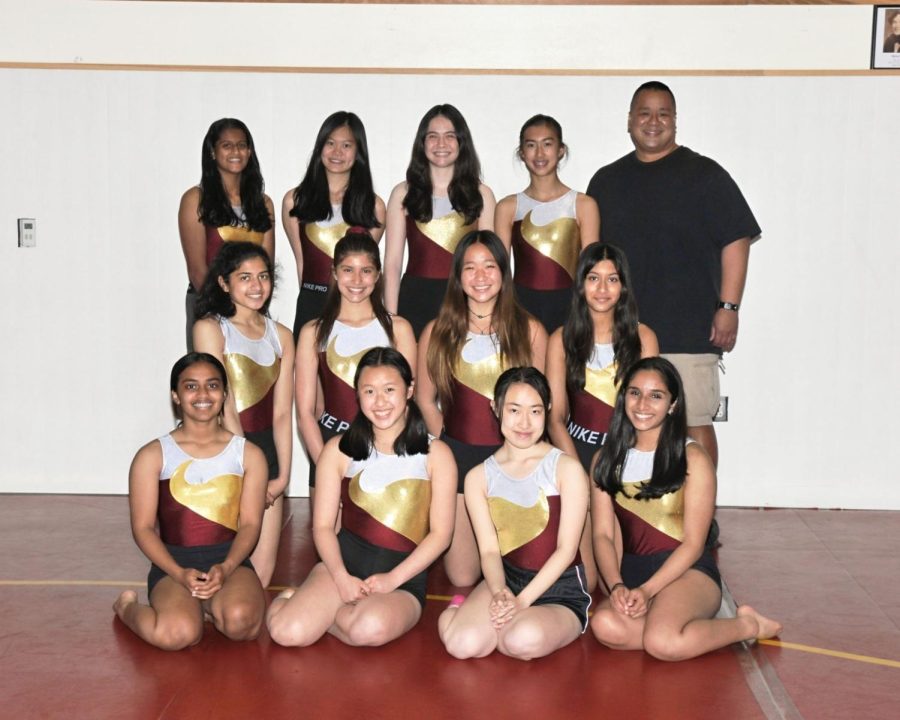What happened to the Gymnastics team?
Gymnastics is a difficult and highly competitive sport — especially in high school. According to STK Sport, a gymnastics coaching program, it takes an immense amount of training to improve flexibility, strength and build a routine. The sport also requires a lot of discipline and perseverance. Athletes train for multiple hours every day for a routine that only spans a few minutes. In addition to physical difficulties, gymnastics also presents many mental struggles. Athletes may be confident in their skills on the mat, but may fail to transfer those skills to a balance beam or high bar because of the fear factor.
Despite gymnastics being a very beneficial and fun sport, FHS athletic director Jason Townsend says that there is only one school in the FUHSD with a gymnastics team: Cupertino High School. This is the result of a decision made way back in the 1980s. The decision was made due to gymnastics requiring lots of equipment such as bars, balance beams and even special floors, as well as space that Fremont simply does not have. In addition, gymnastics is not a very popular sport, so it would not make sense to spend money on building and maintaining facilities for only a few athletes. As CHS is the only school with proper facilities, they allow other schools, including Fremont, to use them. Fremont does not have a dedicated team but rather individual athletes who use Cupertino’s gym.
“Every once in a while I will get an email from [an athlete] saying ‘hey, I’m interested in gymnastics. I’ve heard we have it,’” Townsend said. “I will refer them to the coach and Cupertino.”
Despite the fact that Fremont has a lot of athletes, very few choose to play gymnastics, and as a result Fremont does not have a gymnastics team. Athletes who wish to represent Fremont can practice with the CHS team and compete as an independent gymnast. While not an ideal solution, this opens up a world of opportunities for Fremont gymnasts to persevere through these unique circumstances.
A survey by the National Federation of State High School Associations shows that girls gymnastics participation fell about 75% between 1977 and 2001. One of the main factors contributing to the decline in gymnastics participation is the cost. According to the Aspen Institute, the average annual cost for a child to participate in gymnastics is $1,580. These costs include lessons, travel, equipment and registration costs. Most parents are hesitant to spend that much money on sports, especially when children are young and are likely to lose interest. If there are fewer young gymnasts, there are also fewer high school gymnasts.













